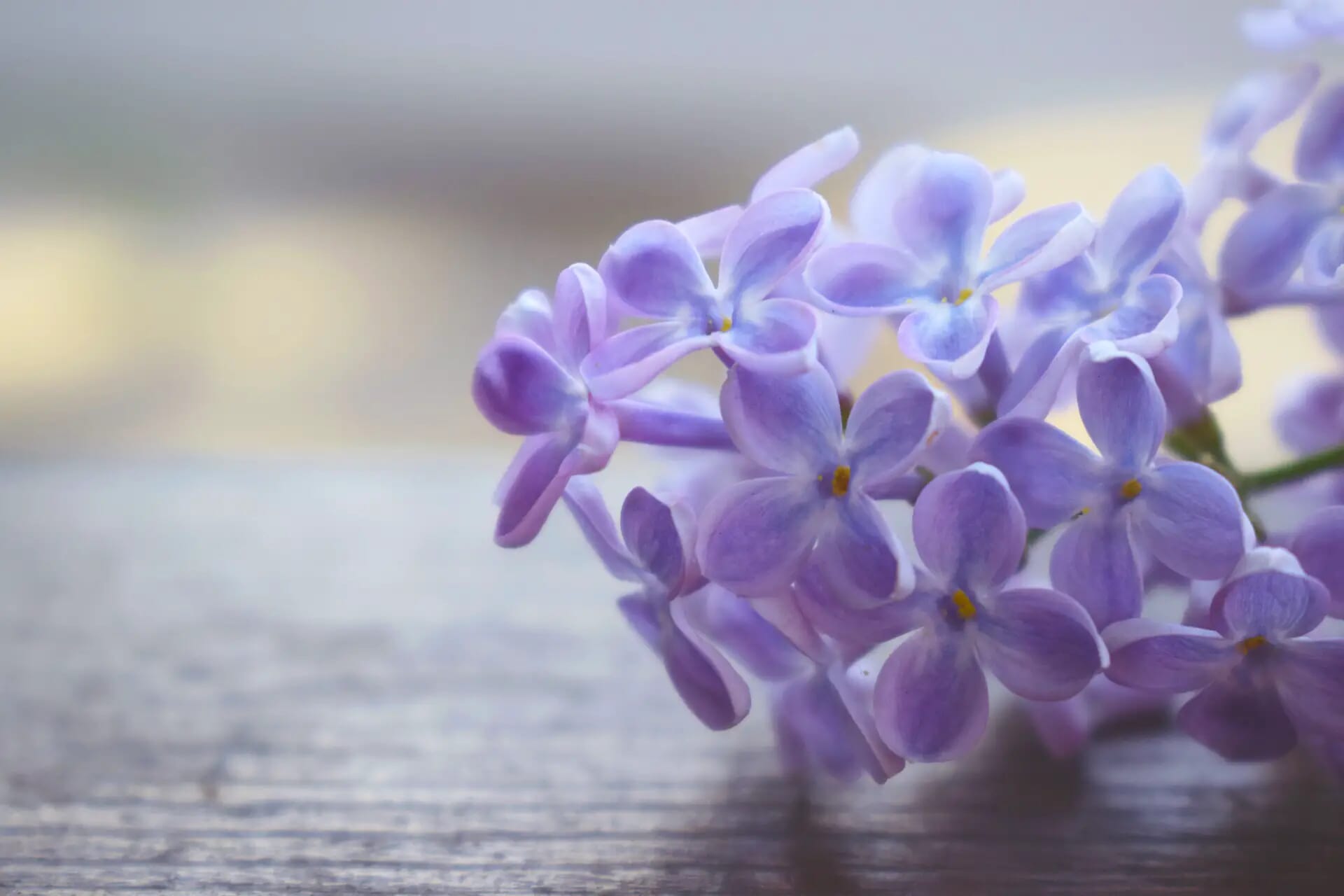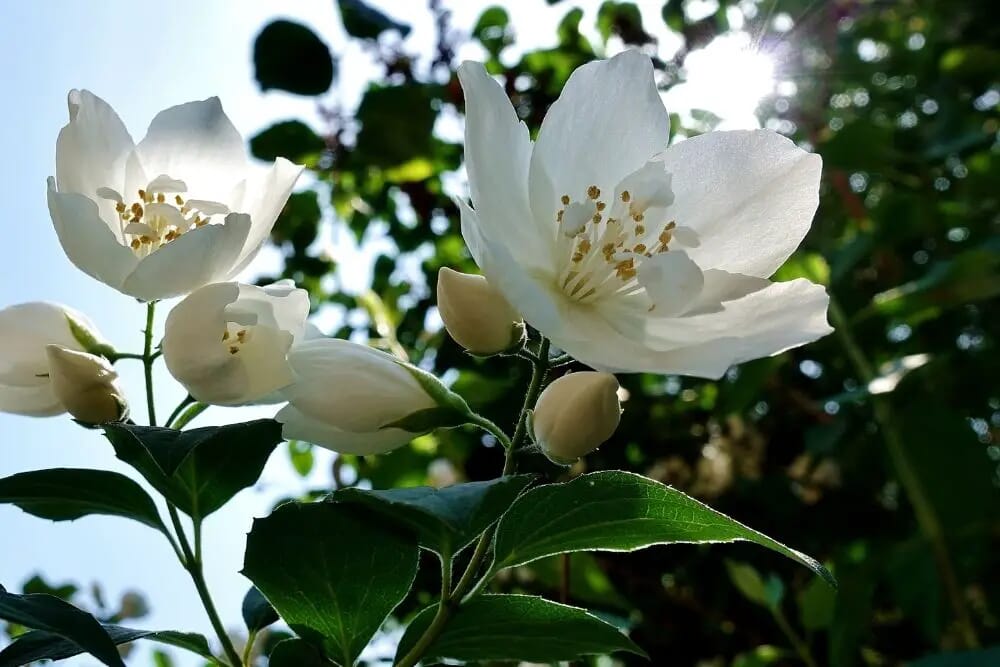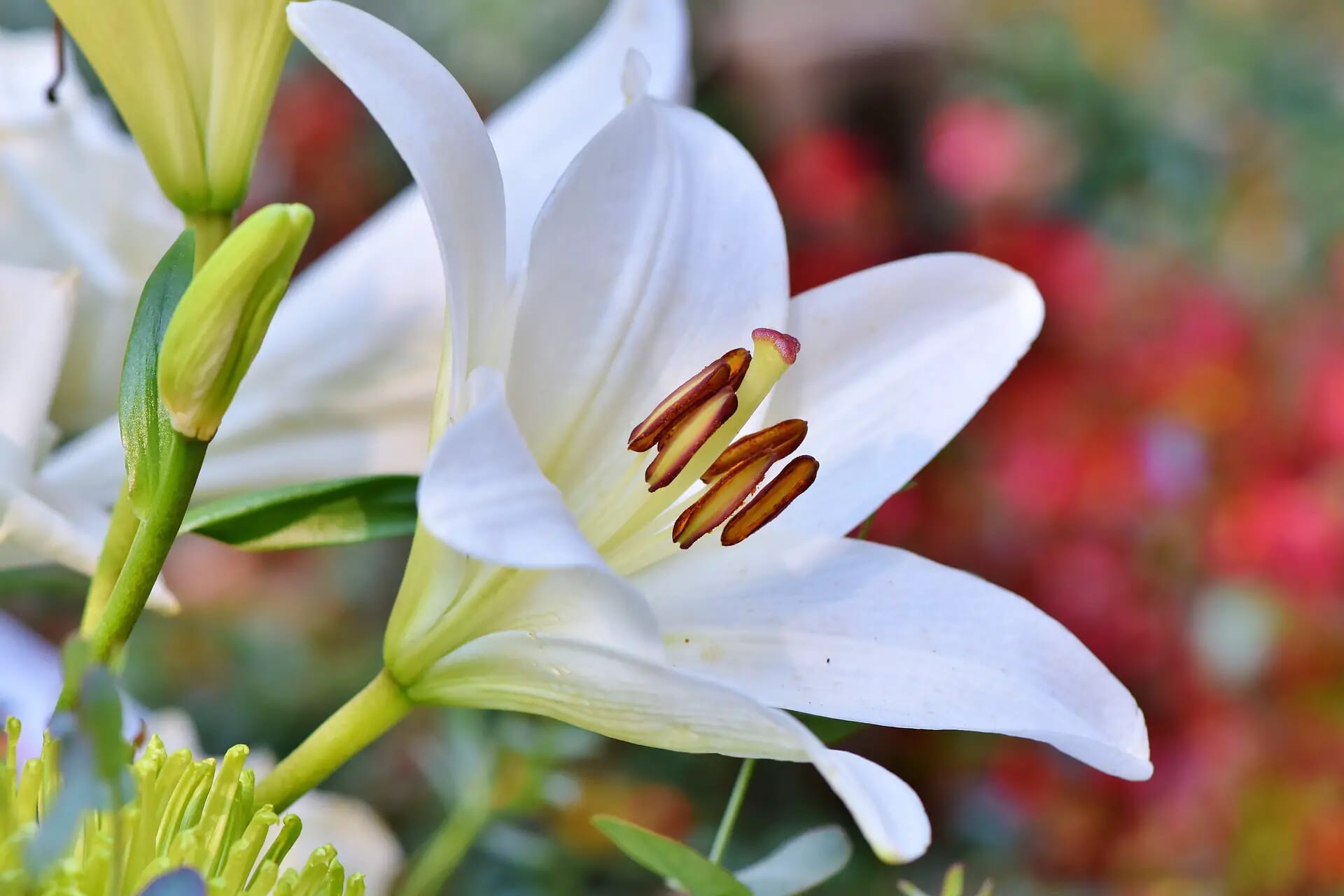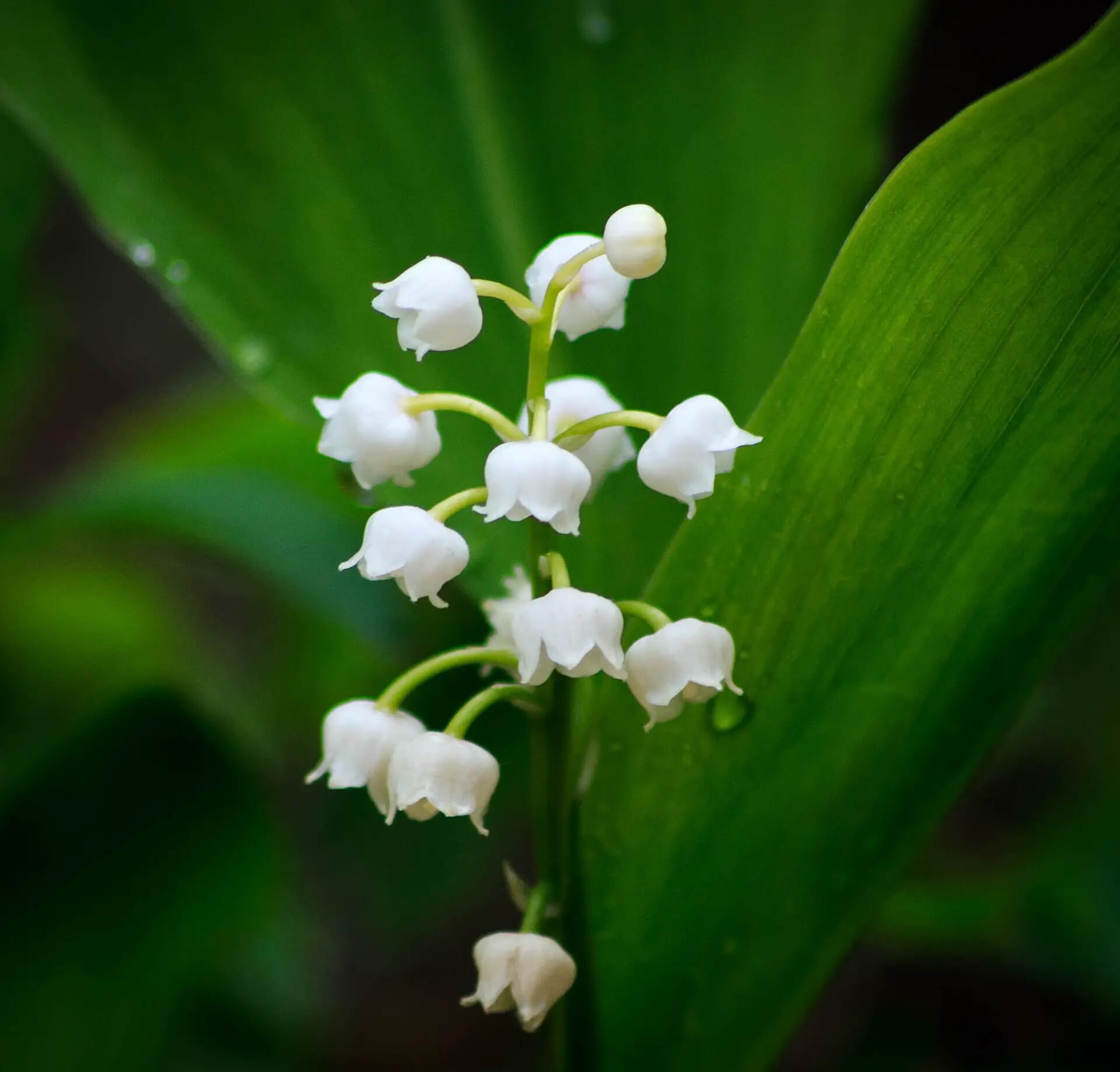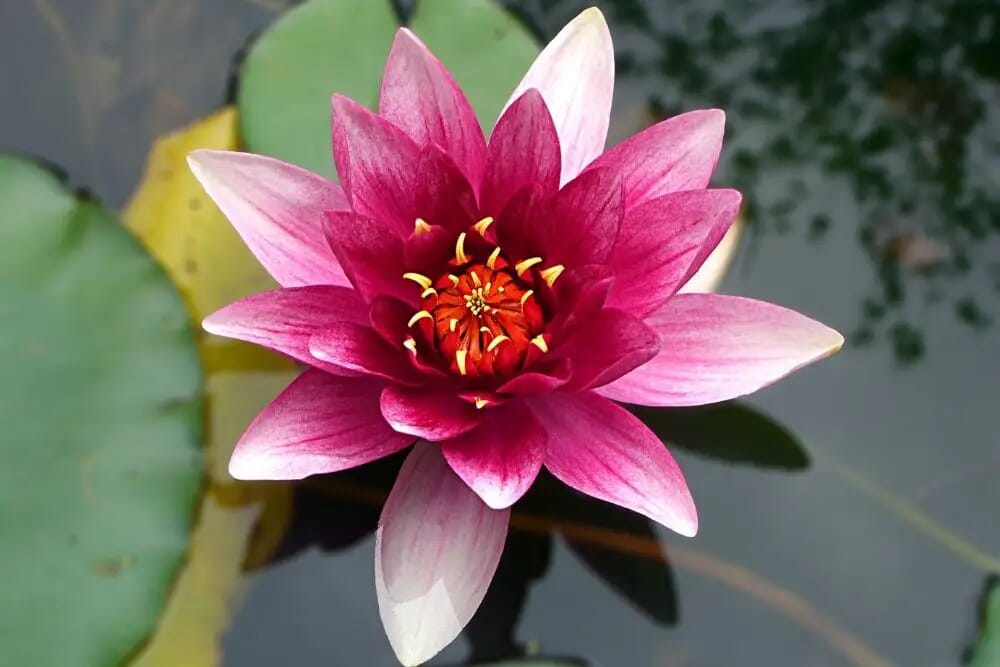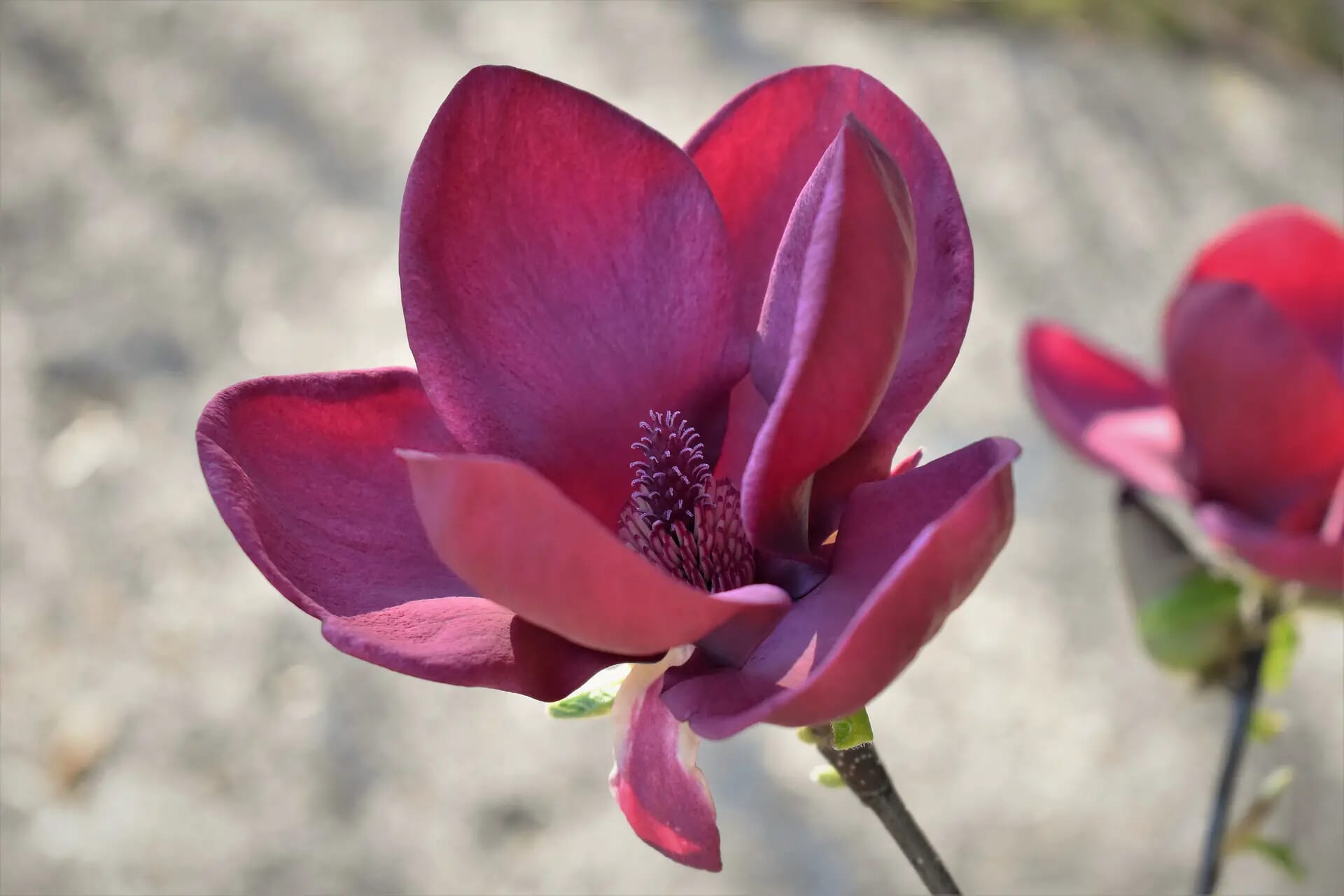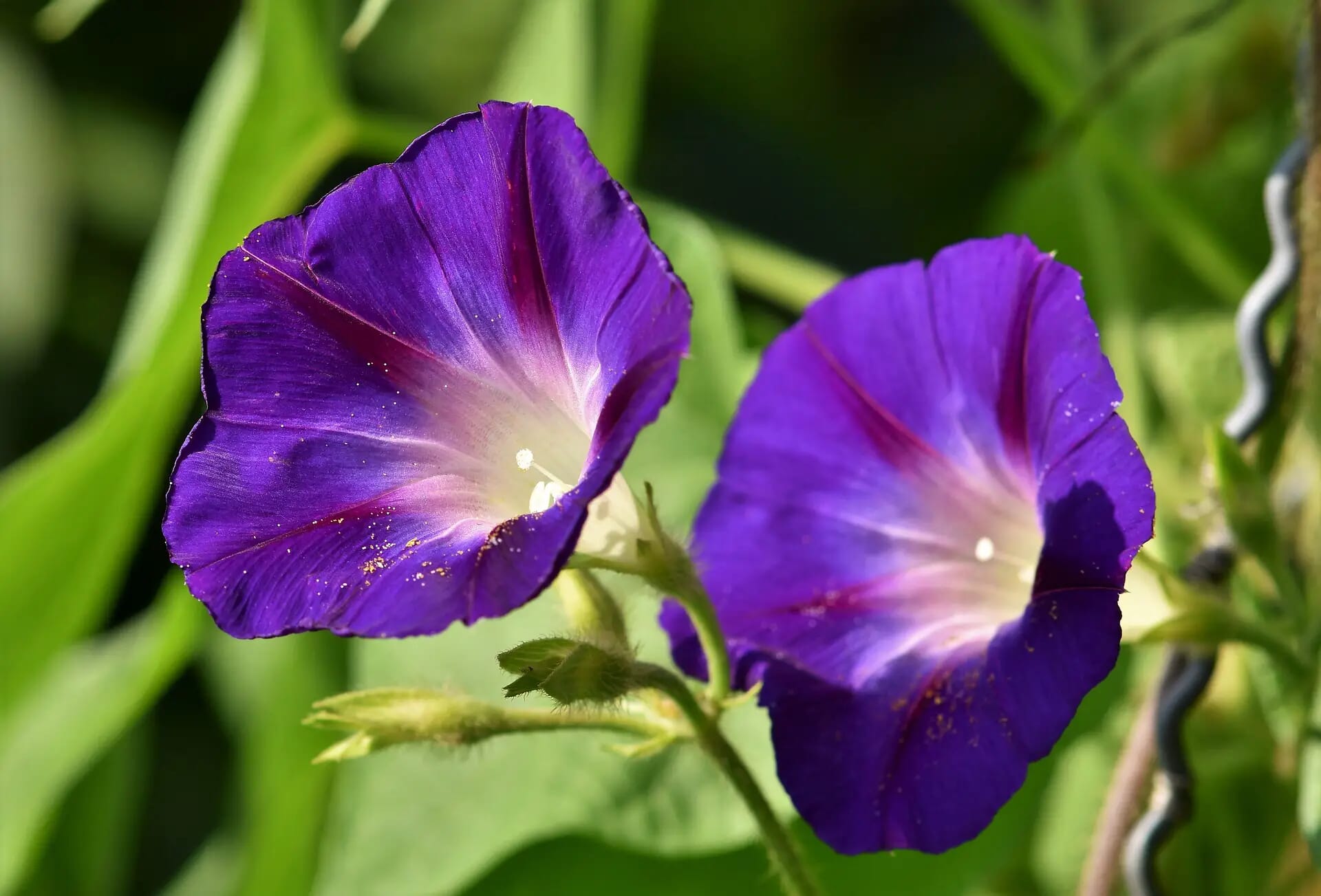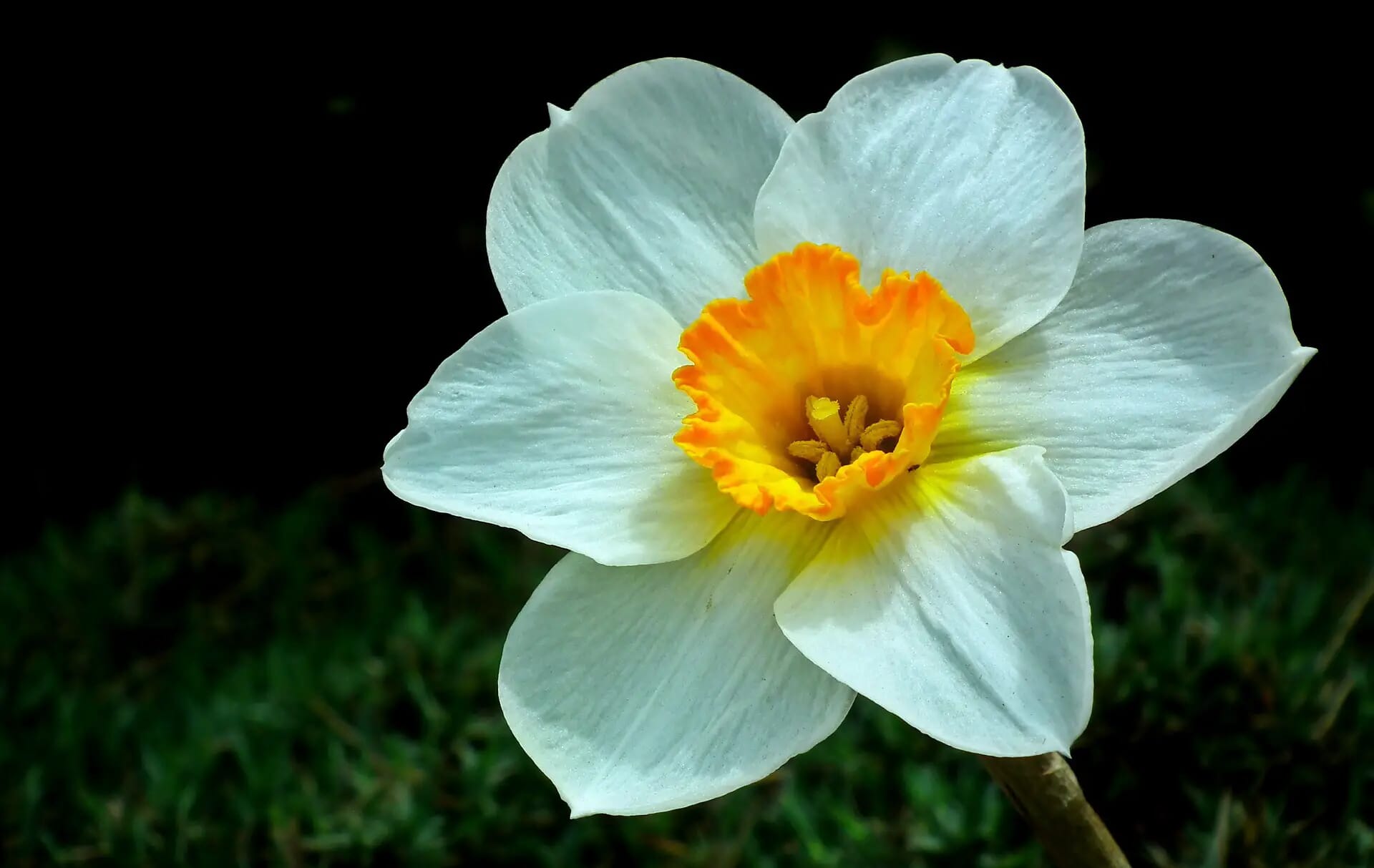Last Updated on January 9, 2024
Lilac blossoms have always held a special place in my heart. Their delicate petals and enchanting fragrances evoke a sense of nostalgia and serenity. I’ve often found myself wondering about the hidden meanings and spiritual symbolism behind these lovely flowers.
That’s why I decided to delve into the world of lilac flower meaning, exploring the various colors and the deeper significance they carry. In this article, I’ll be your guide to unraveling the mysteries of the lilac, helping you understand its rich symbolism and the emotions it conveys.
So, join me on this fragrant journey into the realm of lilac flowers, where each hue tells a unique story.
Key Takeaways
- Cultural Diversity: Lilac meanings vary. In the Mediterranean, they’re linked to Easter, while the Celts viewed them as magical. Victorian Era lilacs represented ‘old love,’ and in Russia, they symbolize wisdom for newborns.
- Colorful Expressions: Lilac colors convey unique symbolism. Light blue for tranquility, light purple for first love, magenta for passionate love, purple for spirituality, and white for divinity and new beginnings.
- Botanical Characteristics: Lilacs, deciduous shrubs with heart-shaped leaves and early blooming, symbolize new beginnings due to their resilience.
- Special Occasions: Lilacs are apt for weddings, anniversaries, and 8th anniversaries. They symbolize hope and new beginnings for newborns in Russian tradition.
- Spiritual Connection: Purple lilacs symbolize spirituality, encouraging introspection and a connection to the spiritual world.
- Symbolism in Tattoos: Lilac flower tattoos symbolize love, with color choice carrying additional meanings, and may represent lost love.
- Symbol of Confidence: Walt Whitman’s poem uses lilacs as a symbol of confidence, and other interpretations connect them to life after death in Abraham Lincoln’s last days.
What Does The Lilac Flower Mean
As mentioned, people assigned a lot of different meanings to the lilac flower. These meanings have been altered and diversified over time.
However, due to the fact that lilacs can most accurately be traced back to having originated in Southeastern Europe, most of the meanings and symbolism come from Mediterranean culture.
There, they most frequently associated with Easter and springtime, as that typically occurs at the peak of the lilac’s blooming season.
However, the meaning behind a lilac flower differs vastly in different cultures, not just Mediterranean. For example, the Celts in Britain would regard the lilac as almost magical, due to the deeply intoxicating fragrance that they give off. There were many stories of enchantments accredited to lilacs.
Later, during the Victorian Era, lilacs more commonly represented the idea of ‘old love’. If you married or together for a long time then you might gift your partner a lilac. In fact, many widows and widowers often wear lilacs as a reminder of their loved one during the mourning period.
In other parts of the world, however, like in Russia, holding a sprig of lilac over the head of a newborn baby bring wisdom to the child and encourage it to grow into an intelligent person.
RELATED: Clover Flower Meaning, Spiritual Symbolism, Color Meaning & More
Etymological Meaning Of The Lilac Flower
The scientific name for a lilac is Syringa Vulgaris, from the Greek word “syrinks” or “styrix” which means tube or pipe.
This likely refers to the plant’s hollow stems, which links back to the myth of Pan and Syringa – Pan was able to make a panpipe out of the lilac stems because they are hollow tubes.
The word lilac is derived from a couple of different Romantic languages like French, but also very closely related to Semitic languages like Arabic, where the word is līlak. In most languages, the color lilac is named after the flower, rather than the other way around.
RELATED: Calendula Flower Meaning, Spiritual Symbolism, Color Meaning & More
Symbolism Of The Lilac Flower
Due to the fact that lilacs have an incredibly early bloom time compared to a lot of other flowers, in a lot of cultures a lilac represents youth, joy, and the rebirth of spring. They can be a symbol of the changing seasons and passing of time.
They are also a symbol of love, more typically an old love, or even specifically lost love. This is why people in the Victorian era would wear a lilac on them during periods of mourning
However, there are other meanings that lilacs have been symbolic of. For example, they are the state flower of New Hampshire in the United States, as a way to represent the ‘hardy’ nature of its people.
And in Walt Whitman’s When Lilacs Last in the Dooryard Bloom’d, the poet uses the blossoms as a symbol of confidence. However, other authors state that in this poem, the lilacs more accurately represent life after death in a narrative that depicts Abraham Lincoln’s last days.
So there are a couple of slightly contrasting versions of what a lilac might mean, so you can choose what you feel suits them better.
Lilac Flower Color Meaning
Lilacs can bloom in a pretty wide range of different colors, depending on what variety of lilac they are. These colors range from dark purple to white, and everything in between. These colors all symbolize something a little different, so I’ll go through these different meanings here:
Light Blue Lilacs
- Symbolize tranquility and happiness.
- Convey a sense of calm and contentment.
Light Purple Lilacs
- Often associated with first love.
- Commonly used in romantic floral arrangements.
- Express affection and the early stages of love.
Magenta Lilacs
- Represent passionate and unrestrained love.
- Convey deep romantic feelings and intense emotions.
- Signify a strong and fervent love.
Purple Lilacs
- Spiritually symbolic, offering a connection to the spiritual world.
- Encourage introspection and self-reflection.
- Reflect a profound spirituality.
White Lilacs
- Rare and symbolize divinity.
- Represent innocence, purity, and new beginnings.
- Convey a sense of sacredness and fresh starts.
RELATED: Camellia Flower Meaning, Spiritual Symbolism, Color Meaning & More
Meaningful Botanical Characteristics Of The Lilac Flower
Most plants in the Syringa genus are deciduous shrubs, meaning that they shed their leaves every year. This is one of the reasons that it is a symbol of new beginnings. Even though they lose all of their leaves, they are still able to produce beautiful blooming flowers every year, earlier than most other flowers.
The common lilac shrub will grow to be about 16ft tall, and they have heart-shaped green leaves. The panicles (clusters) can be up to 8inches long and will bloom with either purple, blue, magenta, or white flowers.
Lilacs have a very sweet but pleasant and potent fragrance meaning that you’ll definitely know when you’re near lilacs.
It’s also worth noting that lilacs are non-toxic, and therefore safe to keep in the house around humans, dogs, and cats.
RELATED: Carnation Flower Meaning, Spiritual Symbolism, Color Meaning & More
Special Occasions For The Lilac Flower
As a special flower with a rich, symbolic history, there are many times when people could see the gift of lilacs as appropriate. For example, some people in Russia still use a sprig of lilac when a new child is born. They are also beautiful in a bouquet of flowers to somebody you love.
Specifically, the lilac flower is the official flower for a couple’s 8th anniversary. So if you’re struggling with thinking of something to give on your 8th anniversary, then you know you can give your partner a bunch of lilac flowers and impress them with your newfound knowledge on the subject.
Lilac Flower Cultural Significance
European Culture
In European cultures, lilacs are often associated with love and emotions, symbolizing the emotions of young lovers. They are considered romantic flowers and are commonly used in bouquets and arrangements for weddings and anniversaries.
Victorian Era
During the Victorian era, lilacs represented youthful innocence and confidence. They were often given as a token of love and were included in bouquets exchanged between lovers.
Russian Culture
In Russian culture, lilacs are associated with the arrival of spring and the end of winter. They symbolize hope and the promise of new beginnings after a long and harsh winter.
Greek Mythology
In Greek mythology, lilacs are linked to Pan, the god of shepherds and nature. The flowers were said to have grown in areas where Pan had passed, signifying the presence of the divine.
Chinese Culture
In Chinese culture, lilacs are symbols of spring and renewal. They are associated with the lunar calendar and are often featured in traditional Chinese New Year celebrations.
Arabic Culture
In Arabic culture, lilacs are sometimes associated with fragrant perfumes and are used for their aromatic properties.
Macedonian Culture
In Macedonia, lilacs are considered a symbol of peace, and they are often given to welcome guests or visitors.
American Culture
In the United States, lilacs are a popular ornamental plant and are often associated with nostalgia and the arrival of spring. They are used in various floral arrangements and gardening.
Lilac Flower Facts
- Lilacs are in the same family as the Olive Tree
Lilac shrubs belong to the Oleaceae family, which is also home to 20 different plant species, including olive trees, ash, and even jasmine. - There are more than 1000 varieties of lilac
This includes all the color variations of lilacs and even some trees. Lilac trees can actually reach heights of more than 30ft tall. - Lilacs have one of the shortest bloom times.
They only bloom for about 3 weeks at the start of spring and then not again until the next year. - Lilacs thrive in alkaline, well-draining, fertile soils and need full sun exposure.
RELATED: Chrysanthemum Flower Meaning, Spiritual Symbolism, Color Meaning & More
Lilac Flower Uses
There are several different uses for lilac flowers. Many have used it in traditional medicinal settings for years across the majority of the world.
Medicine
- In European folk medicine, common lilac was used to address various health issues such as joint pain, colds, and coughs.
- The bark and leaves of the lilac tree or shrub were chewed to alleviate toothaches.
- North America also adopted these traditions and used lilac flowers as a vermifuge to combat parasites and reduce fevers.
- In traditional Asian medicine, lilac bark was employed to treat heart, bronchial, and lung diseases, tooth pain, and fevers.
Food
- Lilac flowers are edible and can be consumed in various ways. They can be eaten raw due to their sweet fragrance.
- Lilac flowers can be baked into foods, cured into preserves, and jams, or added to water to make teas.
- In some cultures, lilacs are mixed with batter and used as an ingredient in fried fritters.
Cosmetics
- The essential oil extracted from lilacs has been utilized in soaps and perfumes for centuries, thanks to its captivating fragrance.
- Lilac flowers can be used to create dyes of various colors, including green, brown, and orange.
Transformation And Metamorphosis
- Lilac wood has been historically used for engraving and crafting musical instruments.
- The density and hardness of lilac wood make it a suitable material for knife handles.
What Is The Symbolism Of A Lilac Flower Tattoo?
Lilacs are so often a symbol of love. So, a tattoo is most likely going to convey that meaning. The color that is chosen for the lilac will also come with the various symbolic meanings of each color.
A lilac tattoo might also represent lost love, similar to widows in the Victorian era.
Bottom Line
The rich history and mythology that is associated with lilacs, paired with the beauty of their various colors, make them a fantastic addition to any garden, painting, or as a bouquet.
These flowers represent love, new beginnings, and confidence, whilst also being adored for their sweet scent. They have inspired leaders and artists for centuries, and now they can do the same for you.
Frequently Asked Questions
What Does The Lilac Flower Symbolize?
Lilac flowers are commonly associated with love, especially first love and youthful affection. They can also symbolize renewal, purity, and innocence.
Do Different Lilac Colors Have Different Meanings?
Yes, different lilac colors carry various meanings. For example, light blue lilacs symbolize tranquility and happiness, while magenta lilacs represent passionate love. White lilacs symbolize purity and divinity.
Are Lilacs Used For Medicinal Purposes?
Yes, lilacs have a history of use in traditional medicine. They were employed to treat ailments such as joint pain, colds, coughs, toothaches, and fevers in different cultures.
Can You Eat Lilac Flowers?
Yes, lilac flowers are edible and can be consumed in various ways. Some people eat them raw, while others incorporate them into dishes, preserves, or teas.
Are Lilac Flowers Used In Cosmetics?
Lilac essential oil has been used in soaps and perfumes for its delightful fragrance. Additionally, lilac flowers can be used to create dyes of different colors.
What Cultural Significance Do Lilacs Hold?
Lilacs have cultural importance in various regions. In European cultures, they symbolize love and romance, while in Russian culture, they represent hope and the end of winter.
How Do Lilacs Attract Pollinators?
Lilac flowers attract pollinators like butterflies and bees due to their sweet fragrance and nectar, making them valuable in ecological contexts.
Can Lilac Wood Be Used For Practical Purposes?
Yes, lilac wood has been utilized for engraving, crafting musical instruments, and making knife handles due to its density and hardness.
What Are Some Traditional Uses Of Lilac In Different Regions?
Lilac was used for medicinal purposes, culinary applications, and even as a vermifuge to combat parasites in North America, Europe, and Asia.
How Are Lilacs Connected To The Spiritual World?
Purple lilacs, with their dark purple hue and white borders, are often seen as spiritually symbolic flowers, encouraging introspection and a connection to the spiritual realm.
RELATED: Cosmos Flower Meaning, Spiritual Symbolism, Color Meaning & More
- Aconite Flower Meaning, Spiritual Symbolism, Color Meaning & More - February 15, 2022
- Acacia Flower Meaning, Spiritual Symbolism, Color Meaning & More - February 15, 2022
- Amaryllis Flower Meaning, Spiritual Symbolism, Color Meaning & More - February 15, 2022

